At Durham Cathedral on Tuesday evening, the sign said: Evensong– 5:15 pm. I had traveled with Prof. N.T. Wright via train to Durham from St. Andrews. While he was attending to academic duties, I was free to wander the area surrounding Durham University while he was occupied. Prof. Wright, of course, knew the setting well, having served over 200 congregations as Bishop of Durham. The cathedral in Durham is the center of activity for the bishop.
I wandered into the cathedral in Durham only to be immediately tuned into a sense of awe, wonder, and how seemingly small I was. Continual worship in that massive cathedral had been going on daily, indeed, many times a day, for 983 years. Imagine that. God was worshiped many times a day for close to 350,000 days by monks, princes, kings, scholars, priests, bishops, and ‘regular people’ like me.
Nathaniel Hawthorne wrote about Durham Cathedral in The English Notebooks:
“I paused upon the bridge, and admired and wondered at the beauty and glory of this scene…it was grand, venerable, and sweet, all at once; I never saw so lovely and magnificent a scene, nor, being content with this, do I care to see a better.”
Soon 5:15 approached. I sat quietly in one of the front pews. The priest invited me to sit with the choir, not because of the quality of my voice, but because on a cold, late November evening, not many visitors had wandered into the cathedral for Evensong. I confessed to the priest in charge that I had never been to Evensong there before so I did not know what to do. She smiled and warmly welcomed me, showing me to a seat in the place where other members of the choir would be seated. For that evening, though, there was a relatively small choir of perhaps 30 singers.
Then it happened. The massive pipe organ began to play. Suddenly I felt even smaller than before. The choir marched in, bowing slightly in the direction of the altar that was some 50 feet away towards the east end of the cathedral. Then the choir members took seats in the choir section next to me and across from me. The priest who would lead us in worship and prayer welcomed us. Then the choir began to sing. It was Evensong. Psalms were sung. It was the 29th of November, so we were nearing the end of the Psalter, which is sung in its entirety once every month. Now, in addition to feeling small, I felt inadequate. When have I completed reading, much less singing, the Psalter in its entirety in a month? Confession: I’ve never done that!
The choir began to sing. Suddenly the songs of this relatively small choir resonated throughout the massive stone cathedral. From the altar at the east end of the cathedral all the way to the west end, some 400 feet, the music filled the cathedral. I began to think of the many people who had worshiped in the sanctuary over the centuries. Nearly a millennium has gone by, with daily worship being offered to the King.
And there I was. Not simply one among millions, but in reality, part of those on the earth who reflect what is going on where God is. The Book of Revelation gives us that brilliant scene in chapters four and five where worship is always going on. We merely enter into what is happening in the realm where God already is. As His ‘Temple People’, we are the ‘angled mirror’, as Prof. Wright often explains, that reflects worship to God from earth and then reflects the glory of the living God back towards others in our daily lives.
At one point we all rose and faced the east where the altar was. We recited the Apostles Creed together. We did it just as it would have been done in 1093 when the cathedral was built. A creed; a practice; singing; Scriptures read; Psalms sung. It was amazing. Indeed, I felt small but then again built up into something more than I was. I am not ‘simply human’. I am an image bearer.
In Simply Jesus, Wright describes what it means to be human this way:
The vocation sketched in Genesis 1 remains: humans are to be God’s image-bearers, that is, they are to reflect his sovereign rule into the world. Humans are the vital ingredient in God’s kingdom project. When we ask about the way in which God wants to run the world and then focus this on the sharper question of how Jesus now runs the world, we should expect, from the whole of scripture, that the answer will have something to do with the delegation of God’s authority, of Jesus’s authority, to human beings.
This is why several of the New Testament writers make a direct connection between Jesus’s rescue project, climaxing in his crucifixion, and the renewal of the human project. Jesus rescues human beings in order that through them he may rule his world in the new way he always intended.
Jesus rescues human beings in order that he may rule his world in the new way he always intended. Click To Tweet
Worship builds that up. In a grand cathedral like Durham Cathedral, one feels built up even more because of the majesty of the building itself, made of massive stones and intricate woodwork and metalwork. We marched out after the Benediction with a sense of purpose. This amazing building was dedicated to the worship of the living God. How much more so should our daily offering of ourselves be made to build up others through reflecting the glory of God in the face of Christ.
We are image bearers, temples for the world to see. More glorious than the Durham Cathedral from God’s point of view, I think.
David P. Seemuth, PhD
Latest posts by David P. Seemuth, PhD (see all)
- Advent Reflections from the N.T. Wright Online Team - December 5, 2022
- YouTube as Public Reading of Scripture - August 29, 2022
- What I Learned From A Week With Professor Wright - June 16, 2022


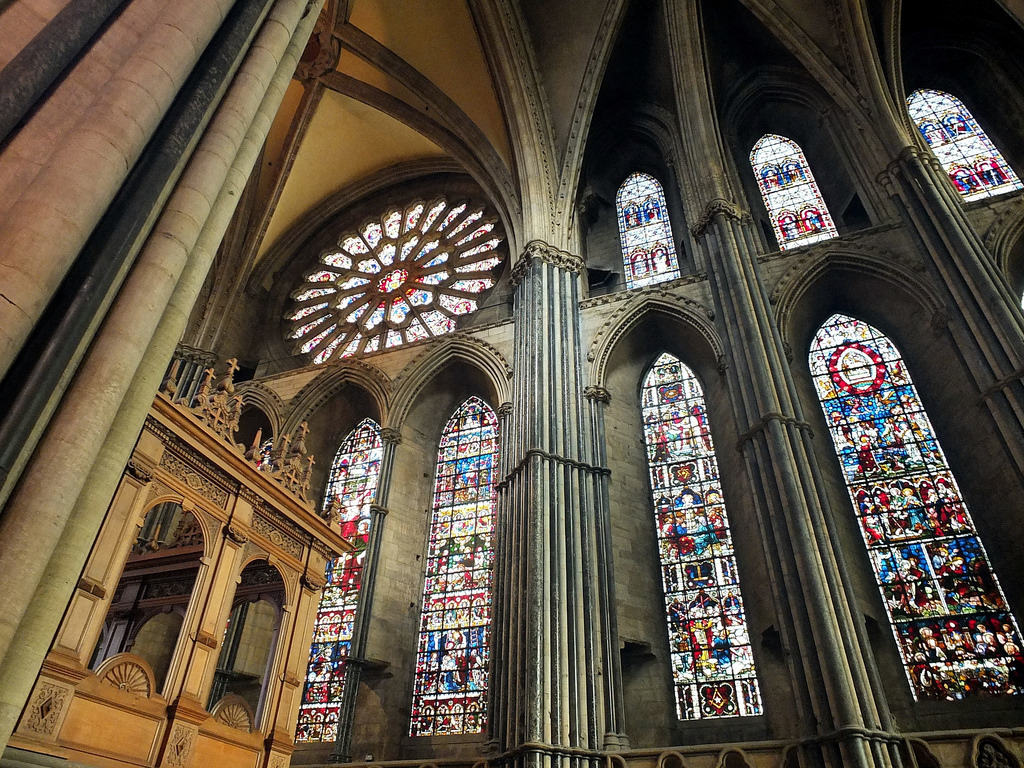
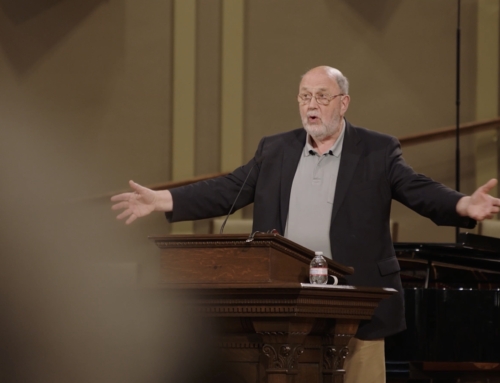
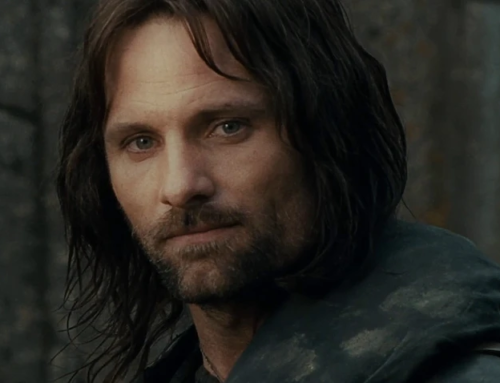

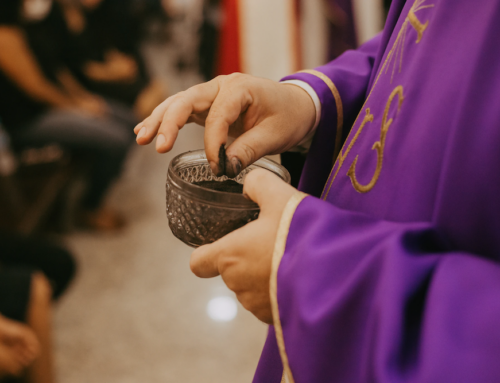
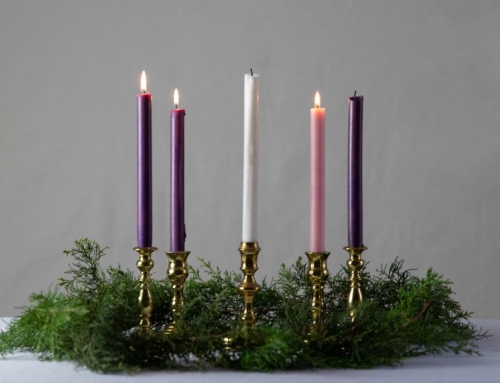
Thank you David for sharing your experience. It has always been a dream of mine to make the journey back to Durham Cathedral to experience a time of worship as you described. Wow! What a pleasure to experience such a treasured moment. Professor Wright has been an incredible inspiration to keep me in God’s Word over the years.
Blessings to both of you
Kevin Yancy
Port Angeles, WA. , USA
I enjoyed reading your post, David. Those are wonderful reflections of Durham Cathedral. I agree that worshipping in a cathedral gives a real perspective of how great God is and how small we are. Its perfect acoustics also enhances one’s worship experience!